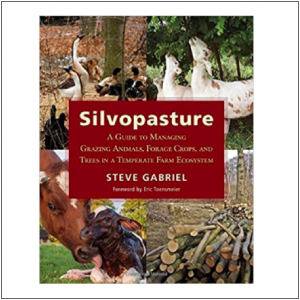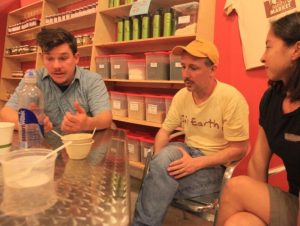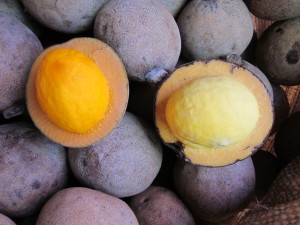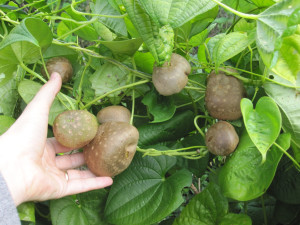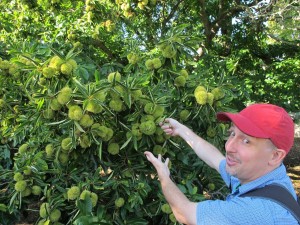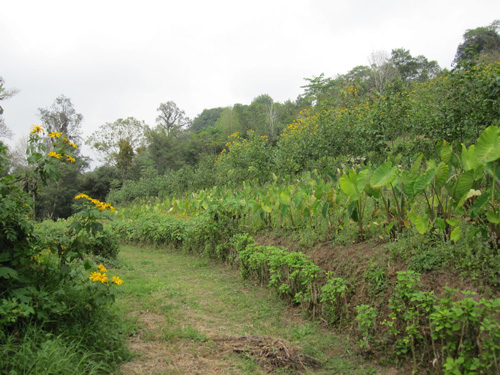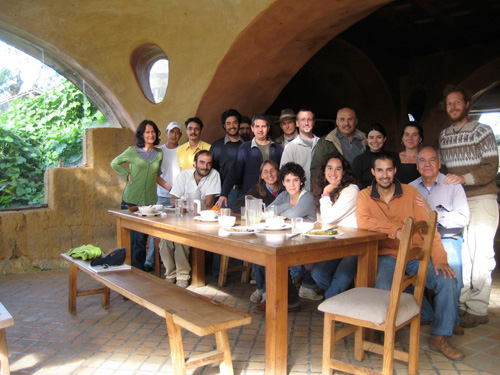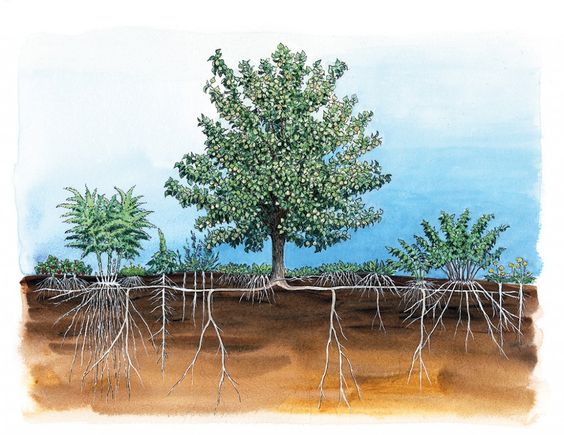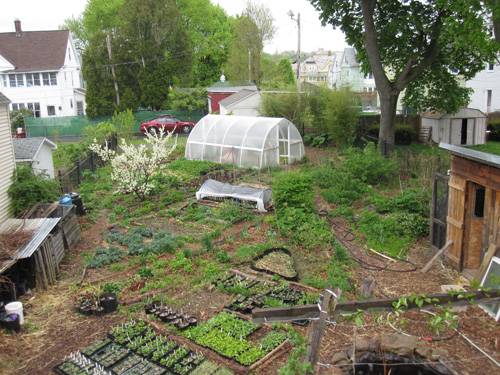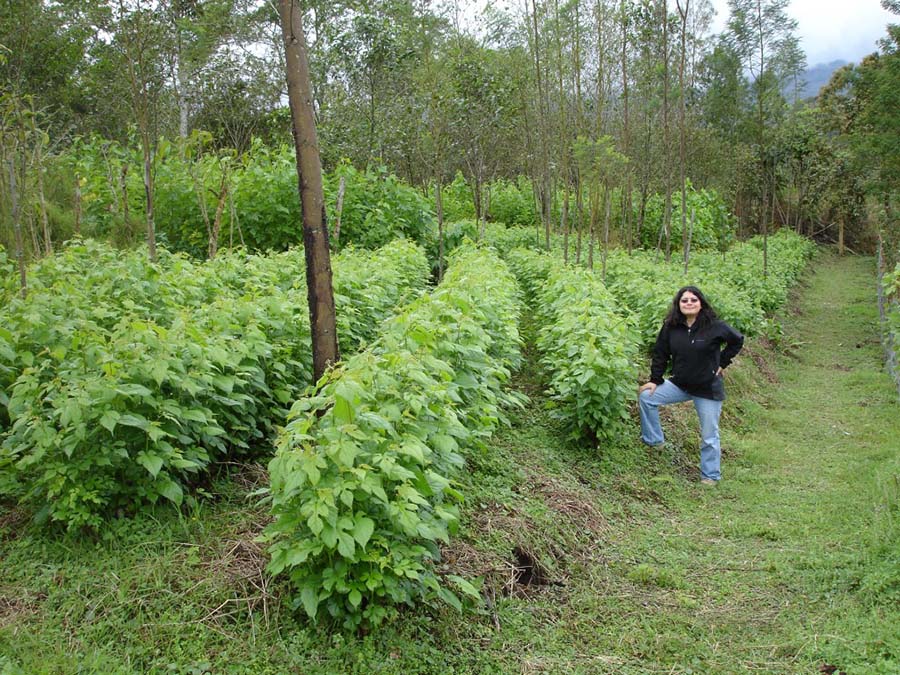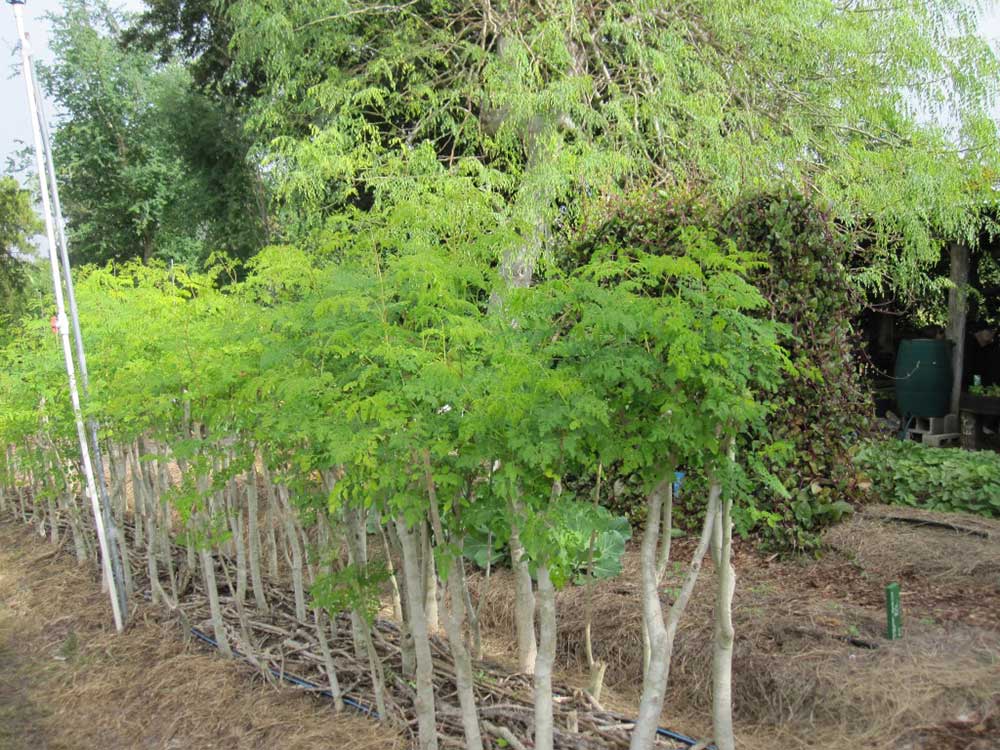Fidel Castro’s REFLECCIONES de FIDEL column of June 17, 2012 titled Healthy Food and Jobs reads (my translation):
“The conditions have been created to begin large-scale production of Moringa oleifera and mulberry, inexhaustible sources of meat, eggs, and milk, silk for artisanal spinning, that can provide well-paid work in the shade, independent of age or gender.”
Coppiced edible-leaf mulberry rows on contour beneath nitrogen-fixing acacias at Las Canadas in Mexico.
Cuba’s efforts to plant these high-protein perennial leaf crops is laudable. Both multipurpose species are typically managed by coppicing when grown for leaves (coppicing is repeated cutting to the ground of woody plants to encourage active re-sprouting).
Moringa (Moringa oleifera) is a small tree of the tropics, thriving in arid and humid climates. The dried leaf is incredibly nutritious, and used by nursing mothers in much of the tropics. If allowed to grow to tree form, moringa produces nutritious pods, but for leaf production it is coppiced. Yields of moringa leaf are very high, 10-50 tons per hectare. Moringa seeds can be used to purify water.
Coppiced moringa demonstration block at ECHO in Florida, USA.
Mulberry (Morus alba) White mulberry leaves are cooked and eaten in at least several areas of Latin America. Cuban research has led the way to greater exploitation for human consumption. They are very high in protein, and selected varieties have very good flavor and texture. Fresh leaf yields can reach an astonishing 53 tons per hectare. Much is known about coppiced mulberry leaf production as it is a critical fodder for silkworm production and also widely used as a fodder for other livestock. Now perhaps it it taking its place as a human fodder as well. Some reports also indicate that dried mulberry fruit, along with hazelnuts, are or were the staple food of some Himalayan regions. They are delicious and filling, though information on nutrition and yields is hard to come by.
Production of perennial crops is a multipurpose strategy, sequestering carbon to slow climate change while stabilizing soils and slopes, increasing rainwater infiltration, and producing many social and ecological benefits. Hopefully Cuban planting efforts will not be large-scale monocultures, which negate many of the benefits of any “miracle” crop.

